 Hyptonia: Exercises to Help Your Baby with Low Muscle Tone - Integrated Learning Strategies
Hyptonia: Exercises to Help Your Baby with Low Muscle Tone - Integrated Learning StrategiesThe low muscle tone, or hypothonia, is a term to describe the resting state of your child's muscles The low muscle tone occurs when the length of the rest muscle is a little longer than normal, so this means that the muscle will require more strength to contract. The low muscle tone is characterized as a looseness in the muscles and/or your child may have additional flexibility in their joints. Although you can't change the muscle tone, you can work on strengthening exercises to make your child stronger, accomplish milestones, improve posture and improve resistance to play, sports and school! The low muscle tone can be diagnosed during a newborn exam, checks well of the baby all year round, or later in a child's life, all depending on the severity of the muscle tone and how it occurs. For example, a baby with low muscle tone could have decreased head control and sitting balance that might not be "noticed" until it is time to start solid. Or a baby with low muscle tone can take a longer time to crawl. With children, a child with low muscle tone will present with less resistance for playing time, sports or school, or may sit with bad posture. If you believe that your baby may be experiencing a low muscle tone, you can see: The child feels limped when he or she gets up (such as a rag doll)The child has increased the flexibility and joints Linked Dilation in the rough motor milestones such as rolling, sitting, crawling, walking Easy/decrease resistance during the gameDecrease of functional force Decrease 3 months of head control after If you think your child may be experiencing a low muscle tone, you can see: The child is limped when he or she gets up (such as a rag doll)The child has increased flexibility and bonded joints Late or diminished coordination with how to throw, capture, run, jump, gallop ()Easily resistance/decrease during game, sports and school Decrease in functional strength Low muscle tone can be associated with several syndromes and diagnoses. However, it may also be present in a child without any other diagnosis, in which the cause is unknown. When a baby has a low muscle tone, it can affect the baby's strength for playtime, achieving fine and gross engine milestones, and may have difficulty feeding. It can also be difficult for him to participate in everyday tasks and activities in the home and school. This can be frustrating for a child as he grows up and realizes that his or her brothers or other children can do certain skills or activities with which he or she has difficulties. Strengthening your muscles, specifically muscles that stabilize your shoulders, hips, and your child's core, can help you give your child more stability for various tasks and activities. Depending on the severity of the muscle tone, some children may eventually catch up with their peers with some strengthening. Exercises/activity for your baby with low muscle tone:1. A lot of belly time! Work in the time of the mummy in small increases as you build strength and tolerance in your baby. You can make slipper time on a pillow to give your baby more support, on a floor mat or on the back or chest of the caregiver.2. Work on reaching toys in different positions, such as lying on the back, belly, side and sitting/up (once suitable for development).3. Once your baby is crawling, continue to encourage you to crawl over different surfaces and areas: wood, carpet, grass, on pillows, stairs to strengthen the muscles of the core and arm.4. Once your baby is standing/walking, anime a lot of walks on various surfaces and a lot of reach and asphyxiation for toys to strengthen the core and muscles of the hip. Exercises/activity for your child with low muscle tone: Gross motor activities:1. Bounce on a therapy ball. This activity requires the help of an adult to stabilize the child while sitting on the ball. The adult can then bounce the child up and down, and gently roll the ball side by side, and face to back to challenge even more the core muscles of the child to stay straight. 2. Animal walks. Children can move like different animals, such as a crab ride (moving on their hands and feet with their knees bent / elbows with the belly button in front of the ceiling), walking bear (moving on their hands and feet with the bottom in the air), snake crawl (red tail), rabbit vulture (two-foot drop). These movements require your child to use different positions and different muscles and provide a weight input into your child's joints.3. War tug. A soft shrimp on a thick rope will attract your child's core and hips. You can keep the same string or toy as your child as long as you have a good grip and take turns pulling back for 10-15 seconds or while your child can tolerate. Make sure they have pillows behind them for a smooth landing! 4. Laundry. Make your child push and throw the clothes basket around the house! You can fill the clothes basket with some books or toys to add resistance, all to your child's tolerance! This activates the core and provides a good weight load to your child's joints.5. Play with a ball. Any type of launch, kicks, knocks, catching game will help your child work their bodies. Give it a lot of breath, too, as often children with low muscle tone may not be the most coordinated. However, in this case, it is not about catching or hitting well, it is about making it fun to work. Fine motor activities:1. Scrucijada, scraped, paper bun. Hand exercises are as important for a child with low muscle tone as large muscle trainings are. Writing and drawing are often more difficult for children with a low muscle tone, as sitting activity can be a challenge, as well as the act of holding a writing instrument2. Regar the flowers with a bottle of spray. Again, manual exercises are so important for your child to build those muscles that will facilitate school work. The act of tightening a spray bottle will help your hand muscles be stronger. How therapy can help Children with low muscle tone may need a variety of therapies to help them reach their potential. can help your child with low muscle tone work in their writing skills, daily self-care skills, power and overall strength and coordination. will help your child work on the rough and fine engine milestones where they may be behind. This includes muscle strengthening, functional skills and any other physical delay with which a child with low muscle tone problems. Sometimes it is needed because your child's face muscles may also need toning and strengthening. In , we develop a specialized multi-therapy plan specifically for your child. As you can see, children with low muscle tone often need several types of therapy. for an evaluation and see our website for details on how we can help your child! Contact us:Lumiere Children's Therapy1500 N CLYBOURNSuite C-105Chicago, IL 60610(312) 242-1665info@lumierechild.comFax: (888) 972-7531 Operating hours: Monday to Friday: 19.00 to 18.00 hours Saturday: 9:00 am - 3:00pm SUBSCRIBE TO OUR NEWSLETTER New groups, events, community news, counselors & more! Your privacy is our priority; your information remains with us. Thank you! You will see a confirmation email in your mailbox soon! © 2021 Lumiere Children's Therapy, Inc. Silence
IMAGES
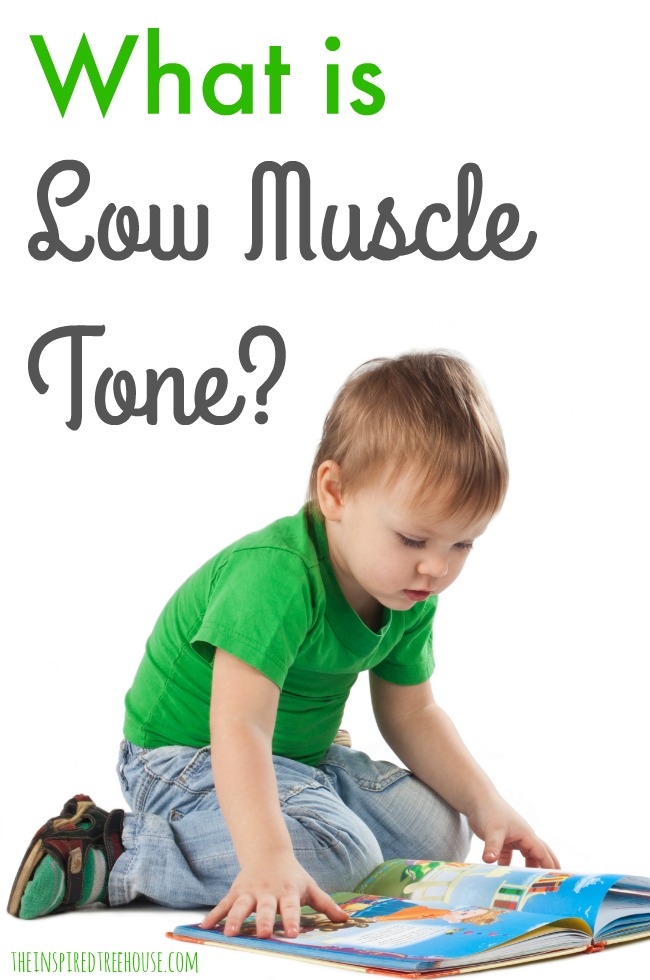
What is Low Muscle Tone and How Can We Support Kids With LMT? - The Inspired Treehouse
Down Syndrome or Trisomy 21 - Therapies for Kids
SIGNS OF LOW MUSCLE TONE IN BABIES || Hypotonia - YouTube
Hypotonia (low muscle tone) In Kids | Surestep | Low muscle tone, Hypotonia, Muscle tone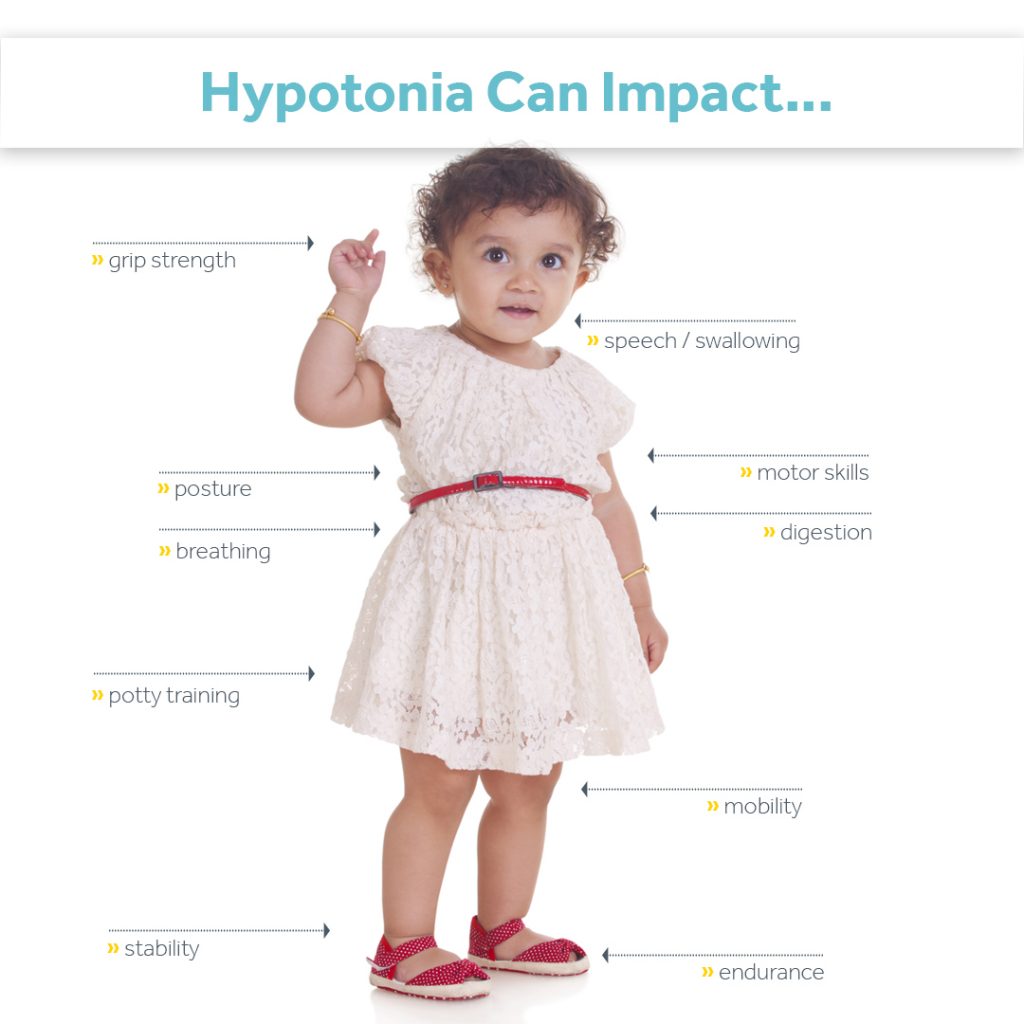
Low Muscle Tone And Your Child - What You Need To Know | Surestep
Baby Gets Physical Therapy For Low Muscle Tone - YouTube
This Is What You Can Do If Your Baby Has Low Muscle Tone - everymum
Exercises for Kids with Low Muscle Tone — Lumiere Children's Therapy![What is]()
What is "Muscle Tone"?
Muscle tone is crucial to learning and development. How to encourage your baby's muscle tone - Active Babies Smart Kids
Exercises For Low Muscle Tone In Toddlers - Exercise Poster
Low muscle tone in infants and toddlers | Developmental Gym for Infants and Toddlers
Hypotonia (Muscle Weakness): Signs, Causes, and Treatments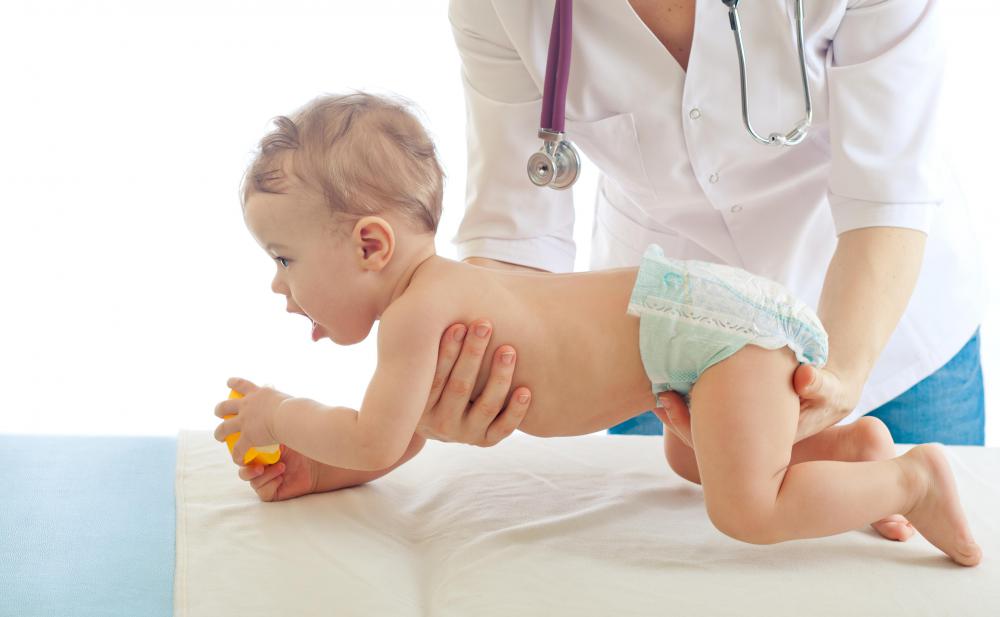
What is Low Muscle Tone? (with pictures)
How to Help Low Muscle Tone in Infants | Livestrong.com | Low muscle tone, Muscle tone, Pediatric therapy
6 Conditions Parents Should Know About -
Low Muscle Tone or Hypotonia|Causes|Symptoms|Treatment|Exercises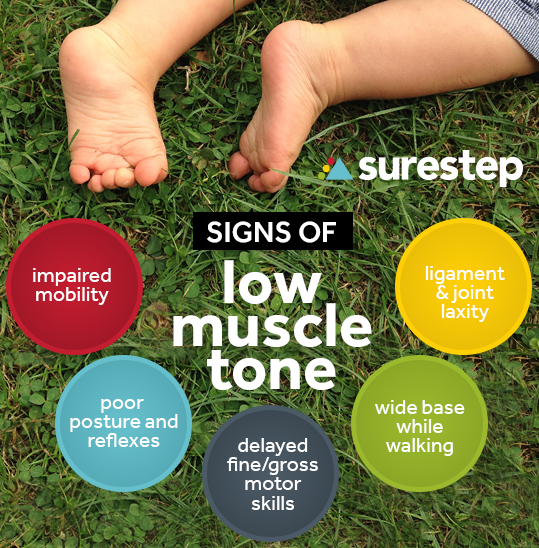
Hypotonia - Common Questions and Answers | Surestep
Treatment for Low Muscle Tone in Infants | Pediatric Physical Therapy
Low muscle tone in infants and toddlers | Developmental Gym for Infants and Toddlers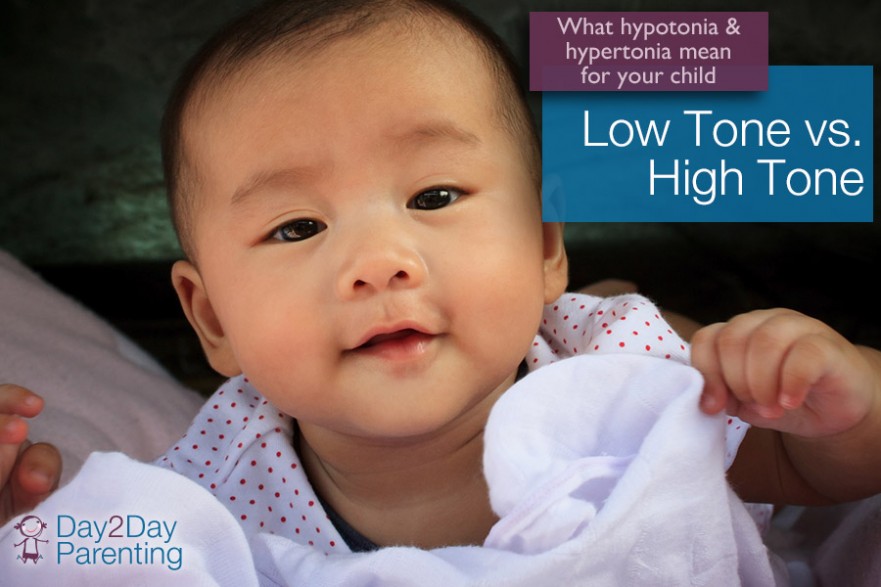
Hypotonia and Hypertonia in Infants: Low and High Tone
Why Low Muscle Tone Creates More Toilet Training Struggles for Toddlers (and Parents!) | Baby Bytes
6 Exercises to help kids with Down syndrome learn to walk – SheKnows
Hypotonia - an overview | ScienceDirect Topics
My child has been diagnosed with low muscle tone. What does this mean? | Low muscle tone, Muscle tone, Pediatric physical therapy
Low muscle tone in infants and toddlers | Developmental Gym for Infants and Toddlers
Exercises to improve LOW MUSCLE TONE in Kids – Be Fitness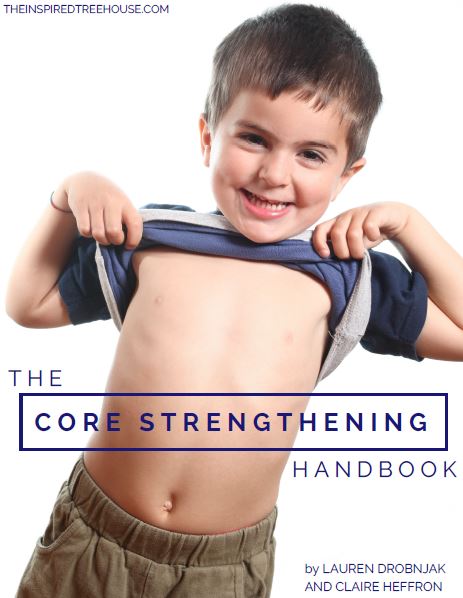
How to Help Children with Low Muscle Tone - Your Therapy Source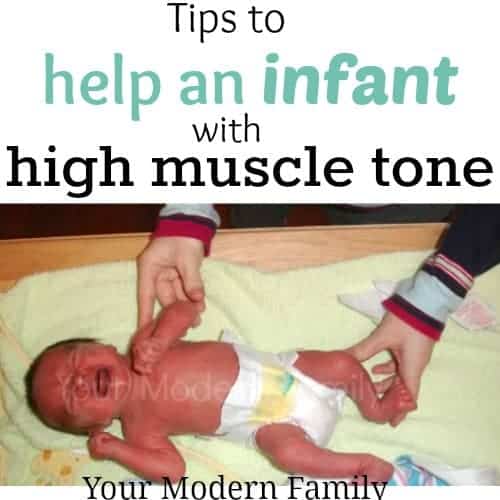
Hypertonicity in a child or infant - how to help with high muscle tone
What Is The Difference Between Muscle Tone And Strength? — Breakthrough Intensive Physical Therapy
5 Home Physical Therapy Exercises for Low Muscle Tone (Hypotonia) | NAPA
Low muscle tone in infants and toddlers | Developmental Gym for Infants and Toddlers
Hypotonia - baby, symptoms, Definition, Description, Demographics, Causes and symptoms, Diagnosis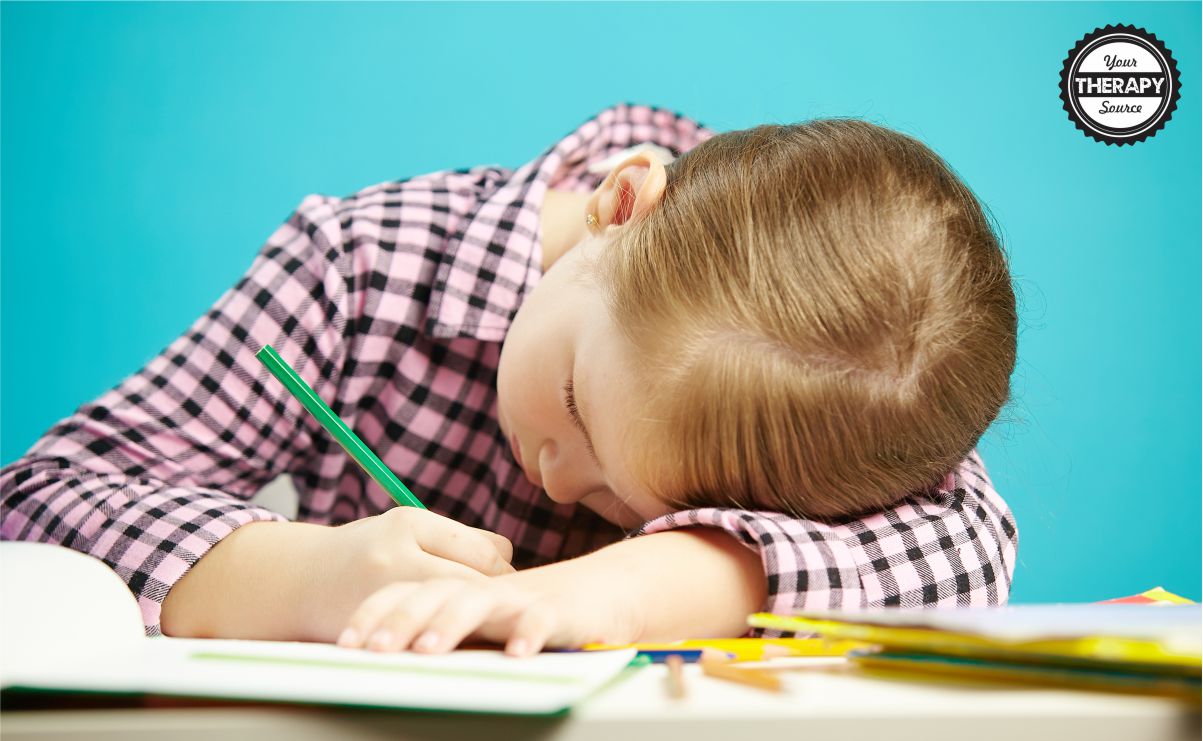
How to Help Children with Low Muscle Tone - Your Therapy Source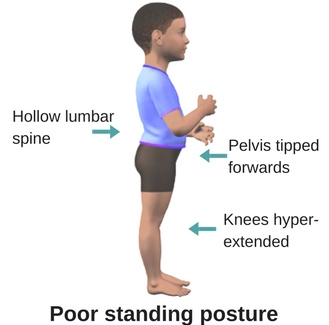
My child has been diagnosed with low muscle tone. What does this mean? | Skills for Action
Positive Health Online | Article - Short Features and Brief takes Issue 181 | Child therapy, Pediatric physical therapy, Hypotonia
Hypotonia - an overview | ScienceDirect Topics
Benefits of Infant Exercises - BabySparks
Physical Therapy Exercises for Babies with Down Syndrome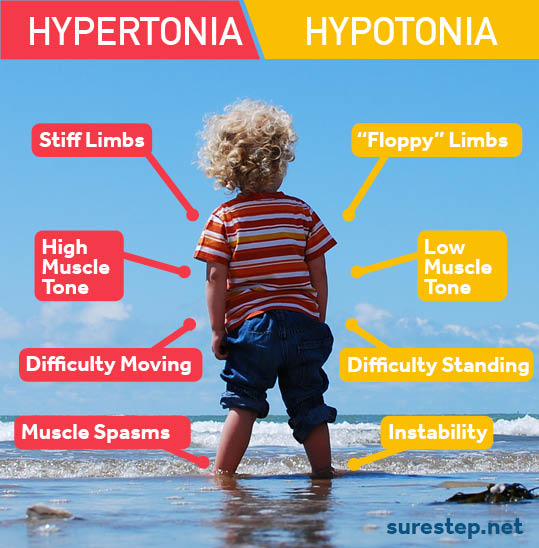
Hypotonic Cerebral Palsy In Kids - What You Need To Know | Surestep
 Hyptonia: Exercises to Help Your Baby with Low Muscle Tone - Integrated Learning Strategies
Hyptonia: Exercises to Help Your Baby with Low Muscle Tone - Integrated Learning Strategies





























Posting Komentar untuk "low muscle tone baby exercises"